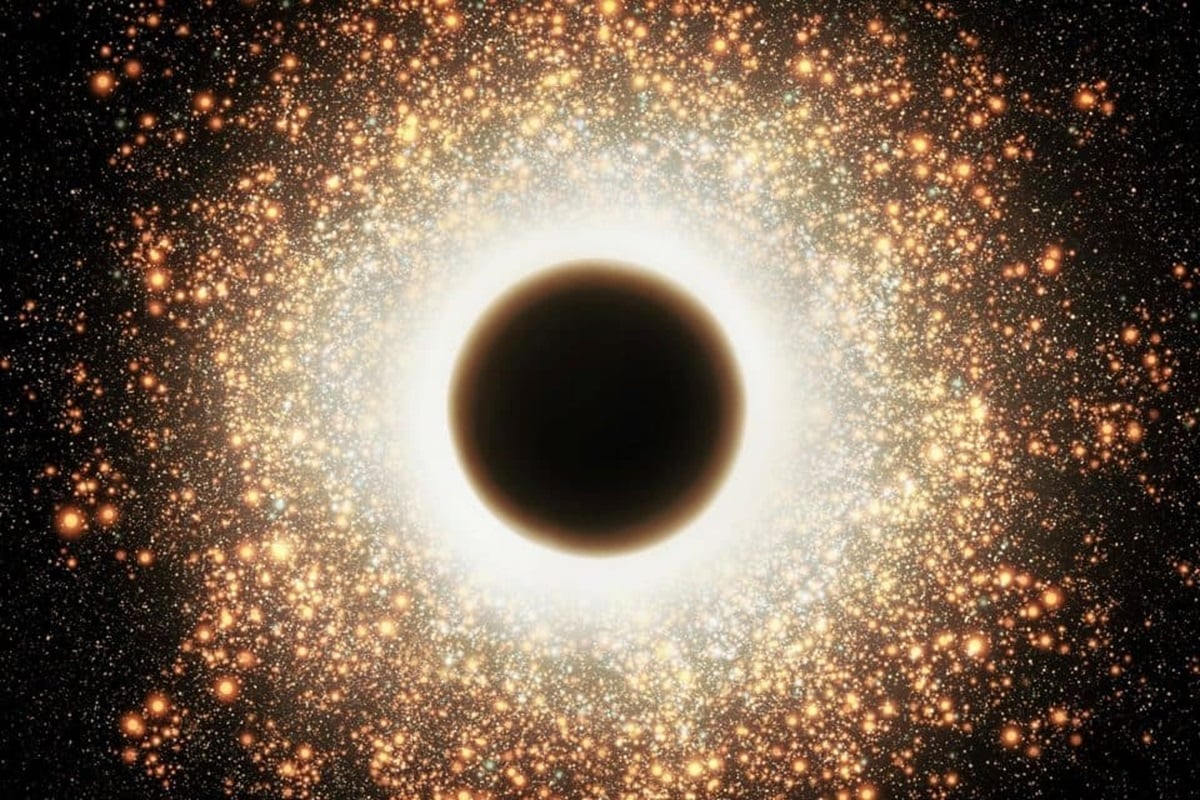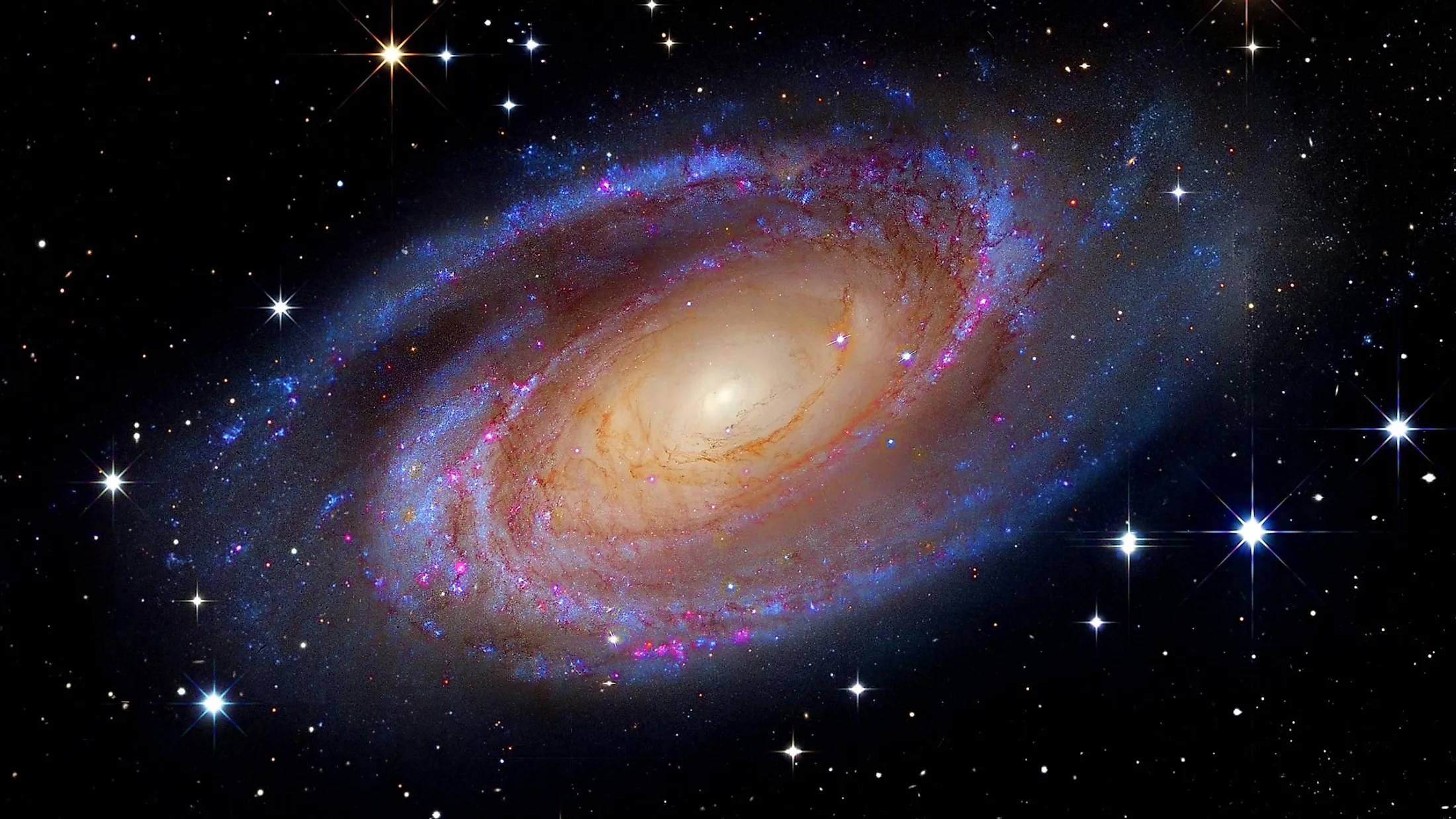At the heart of our galaxy, the supermassive black hole Sagittarius A* is the focal point of a captivating celestial dance, drawing in a swarm of newly discovered young stellar objects (YSOs) that orbit it at incredible speeds. Recent observations have revealed that these infant stars, located in the immediate vicinity of Sagittarius A*, follow similar orbits to the previously known young stars, known as “S stars,” forming a distinct pattern around the black hole.

This discovery has challenged existing theories about star formation and behavior near supermassive black holes, opening up new avenues for understanding the complex interactions within this dynamic environment.
Approximately three decades ago, astronomers made the initial discovery of the highly dynamic S stars, which orbit Sagittarius A* at speeds of several thousand kilometers per hour, completing their orbits within a few years. The young age of these stars puzzled scientists, as they had expected to find only old, dim stars in such a hostile environment.
Building upon these earlier findings, the latest study, led by researchers from the University of Cologne and involving contributions from multiple institutions, has identified about a dozen additional objects near Sagittarius A* that share similar properties to the S stars. Remarkably, these newly discovered YSOs are significantly younger than the previously known high-speed stars.
“Interestingly, these YSOs exhibit the same behavior as S stars. This means that the YSOs circumnavigate the supermassive black hole with speeds of several thousand kilometers per hour in a few years,” explained study co-author Dr. Florian Peißker. “The S stars were found to be surprisingly young. According to conventional theories, the additional presence of a stellar kindergarten composed of YSOs is completely unexpected.”
Further analysis of the observations has revealed that these high-velocity YSOs and S stars are not simply a chaotic swarm, but rather follow specific, organized formations. The research shows that both YSOs and S stars are arranged systematically within three-dimensional space, resembling a disk-like structure.
“This means that there are specific preferred star constellations. The distribution of both star variations resembles a disk, which gives the impression that the supermassive black hole forces the stars to assume an organized orbit,” explained Dr. Peißker.
These findings challenge our understanding of the dynamic environment around Sagittarius A* and suggest that the black hole may play a crucial role in the formation and behavior of these young stars. The discovery of these high-velocity YSOs orbiting so close to the black hole opens up new avenues for exploring the complex interplay between black holes and their stellar neighbors.


